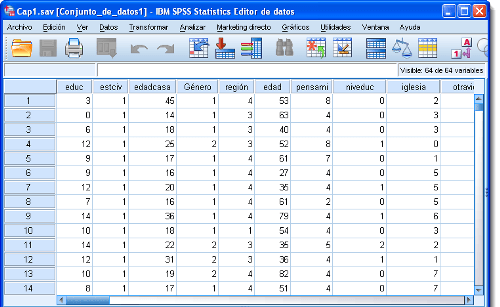

Once you click Old and New Values, a new window where you will specify how to transform the values will appear.ġ Old Value: Specify the type of value you wish to recode (e.g., a specific value, missing data, or a range of values) and the specific value to be recoded (e.g., a value of “1” or a range of “1-5”). (We discuss the If option in more detail later in this tutorial.) Once you are finished, click Change. Now the center text box, (B), will display both the name of the original variable as well as the name for the new variable (e.g., “Height -> Height_categ”).Ĭ Old and New Variables: Click the Old and New Values to specify how you wish to recode the values for the selected variable.ĭ If: The If option allows you to specify the conditions under which your recode will be applied. You will define the new name in (C).ī Output Variable: Define the name and label for your recoded variable(s) by typing them in the text fields. Click the arrow in the center to move the selected variable to the center text box, (B).Ī Input Variable -> Output Variable: The center text box lists the variable(s) you have selected to recode, as well as the name your new variable(s) will have after the recode. Select the variable you wish to recode by clicking it. The left column lists all of the variables in your dataset. The Recode into Different Variables window will appear. To recode into different variables, click Transform > Recode into Different Variables.

That is, the changes do not overwrite the original variable they are instead applied to a copy of the original variable under a new name.

Recoding into a different variable transforms an original variable into a new variable.


 0 kommentar(er)
0 kommentar(er)
